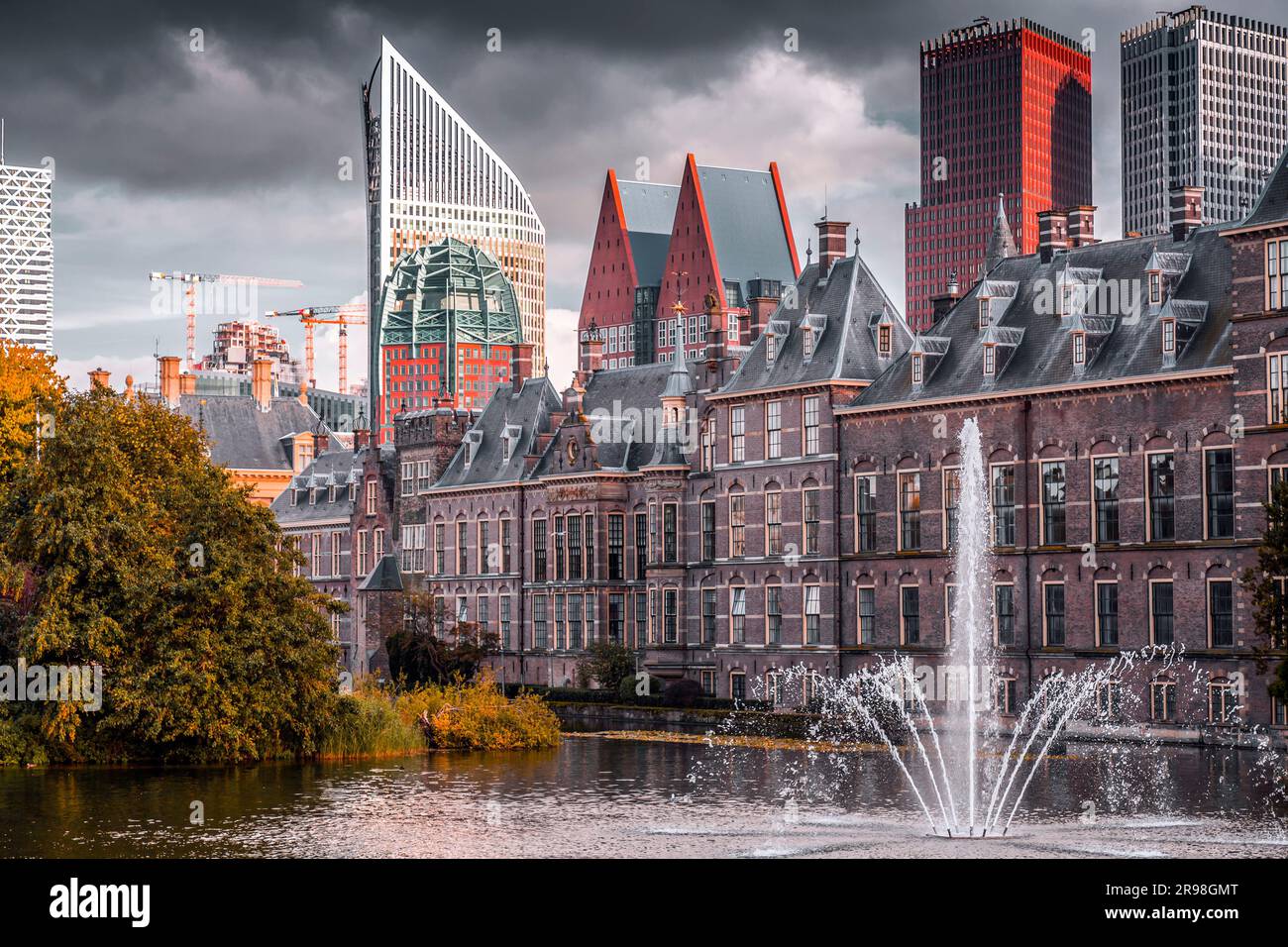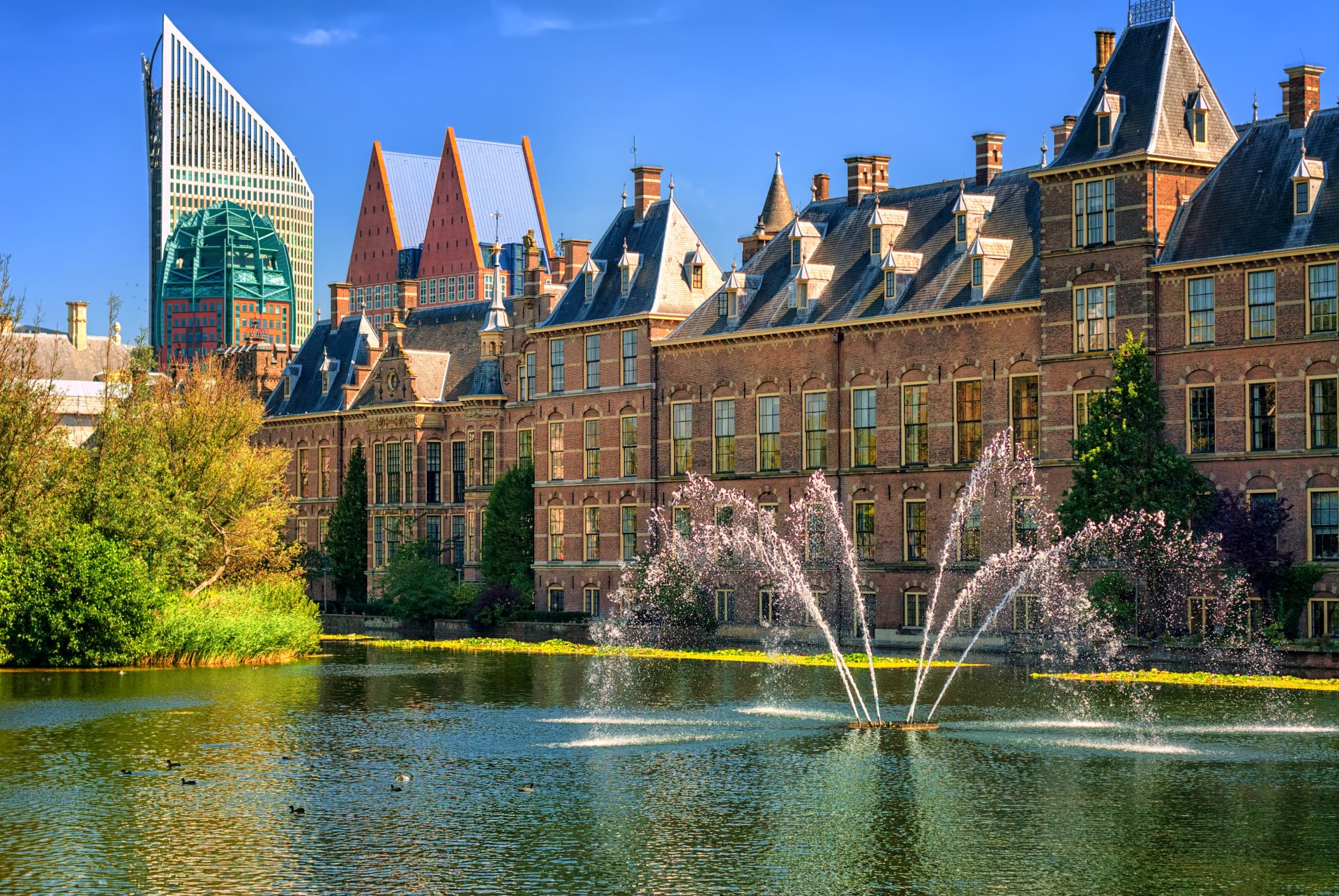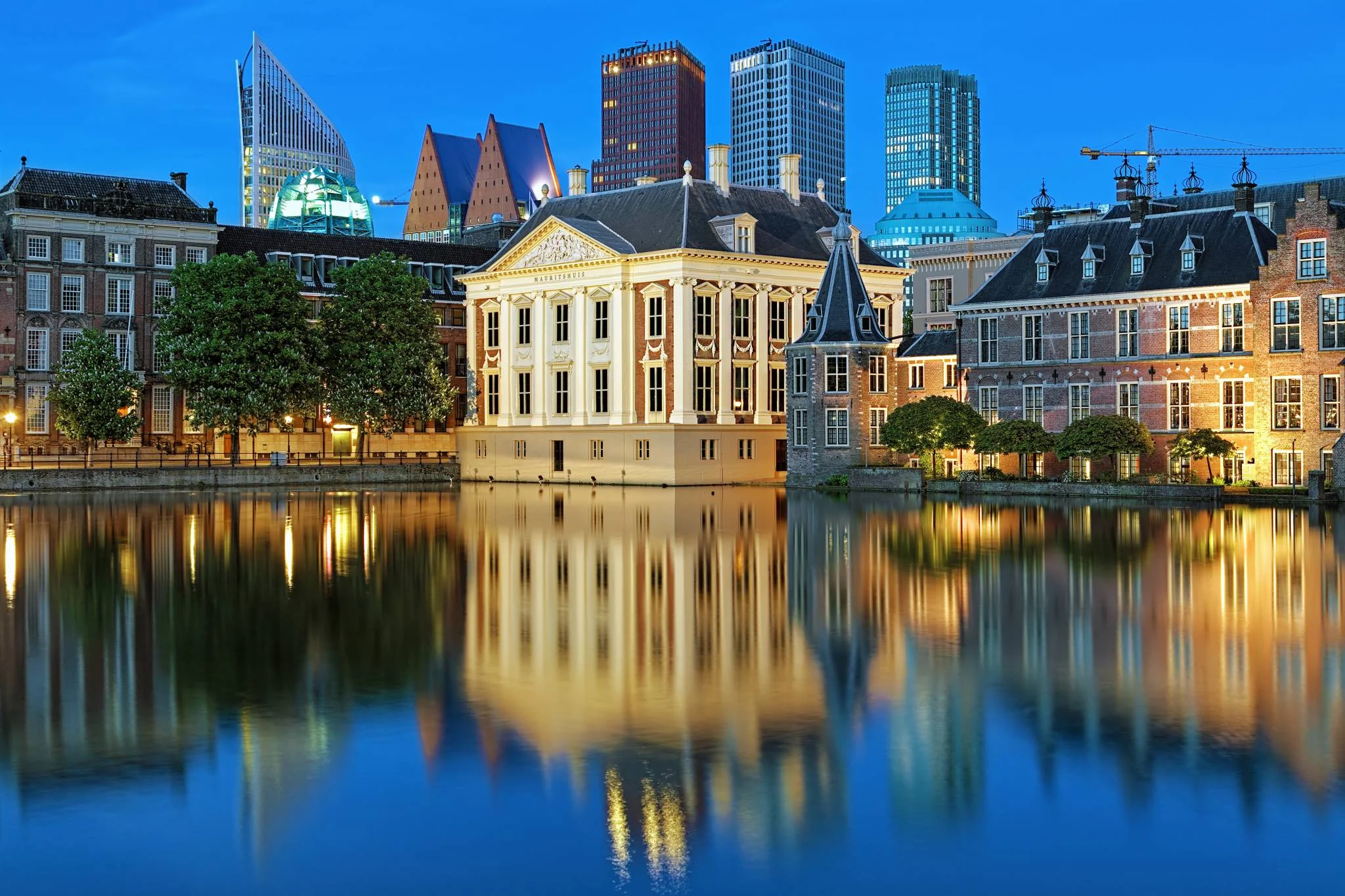The Intricate Planning of Temporary Exhibits
In the heart of The Hague, the Binnenhof complex, known for its political significance, also hosts a series of temporary art exhibits that captivate visitors. These exhibits require meticulous planning, often starting a year in advance. Curators collaborate with artists to select pieces that resonate with current events or historical themes relevant to the city.
Transforming Spaces for Art
The transformation of government buildings into art spaces is no small feat. Each exhibit demands a unique layout, often requiring custom-built walls and lighting to highlight the artwork. For instance, a recent exhibit on Dutch Golden Age paintings involved recreating the dim lighting conditions of the 17th century to enhance the viewing experience.

Logistics and Security Challenges

Transporting valuable art pieces to and from The Hague involves a complex logistical operation. Artworks are shipped in climate-controlled crates, and their movement is closely monitored. Security is paramount, with 24-hour surveillance and restricted access to ensure the safety of the pieces.
Engaging the Public
Public engagement is a crucial aspect of these exhibits. Interactive elements, such as guided tours and artist talks, are designed to deepen visitors' understanding. A recent exhibit featured virtual reality stations, allowing visitors to explore the art in a digital format, providing a modern twist to traditional viewing.
The Role of Technology
Technology plays a significant role in the curation and presentation of these exhibits. Digital mapping tools help curators visualize the space and plan the exhibit layout. Additionally, augmented reality apps are increasingly used to provide visitors with additional information about the artworks, enhancing their educational value.











